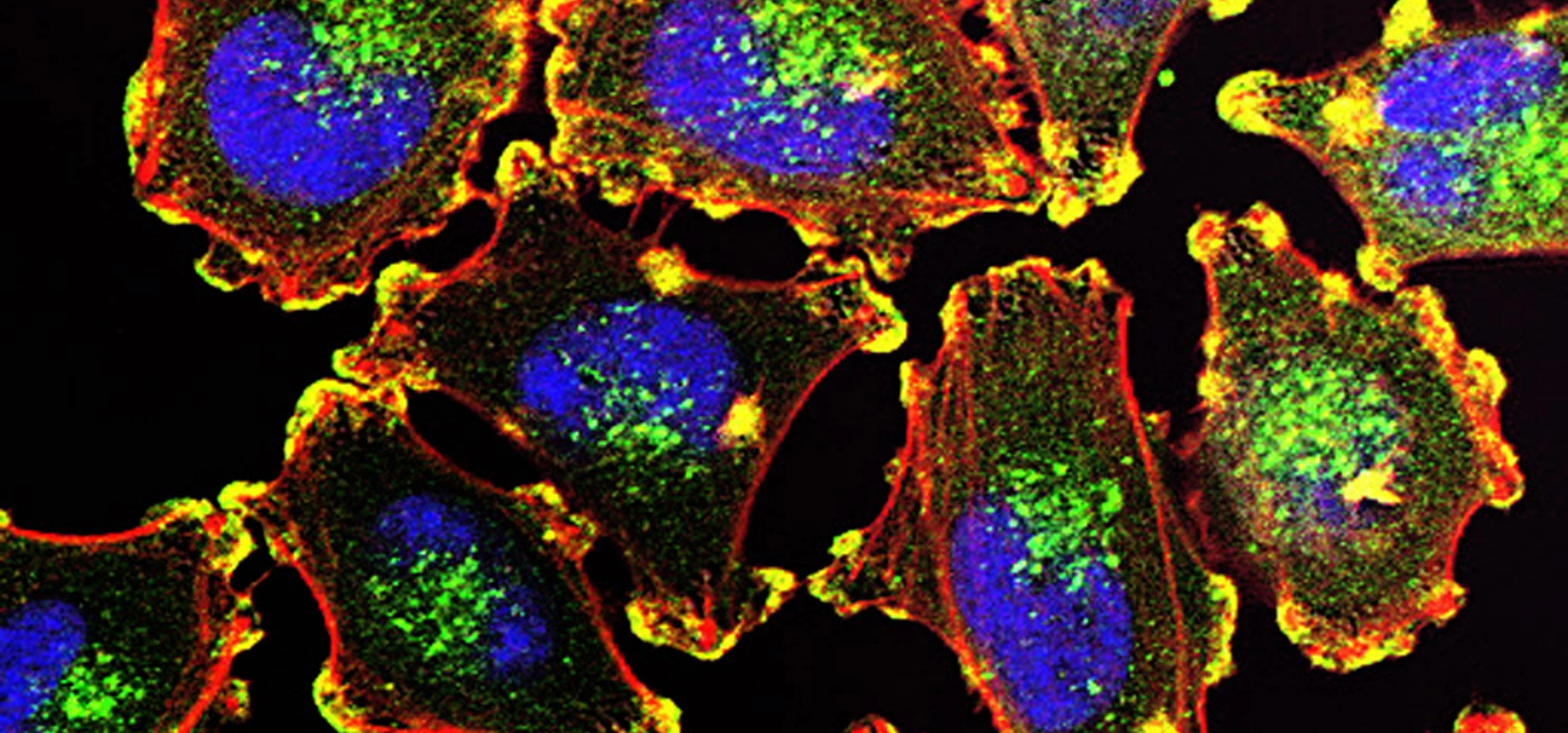
Partner Article
If radiotherapy hurts your skin, it’s genetic
New gene discovery could mean more personalised cancer care
A team from Université Paris-Saclay have discovered a gene that makes some cancer patients more sensitive to radiotherapy. The discovery means that medicine could be personalised to save people’s skin and continue treatment they may have stopped due to pain.
95% of cancer patients undergoing radiation therapy experience radiation damage to the skin around the treatment area called acute dermatitis. The discomfort and pain from dermatitis can force patients to discontinue treatment – with serious consequences.
However, skin damage varies from person to person. A team from the Institute of Cellular and Molecular Radiobiology from CEA, in partnership with Inserm and University Paris-Sud, have discovered that these differences are due to the TRAIL gene that’s involved in the death of cells.
The gene allows a cell to produce a protein. When this protein binds in large quantities with specific receptors, the cell dies. The death of many skin cells causes dermatitis.
In the study published on the Oncotarget website, scientists showed that the TRAIL gene exists in three forms. Two of these forms lead to a high production of TRAIL proteins. Radiation makes the TRAIL protein’s receptors active, so if a patient’s cells contain a lot of TRAIL protein at the time they undergo radiotherapy, skin cells die in large quantities and the patient is labelled as ‘radiosensitive’.
On the other hand, a ‘radioresistant’ patient does not produce a lot of TRAIL protein and therefore doesn’t suffer from severe dermatitis.
Post-radiotherapy complications, such as dermatitis, are therefore due to the type of TRAIL gene the patient has. Knowing the type of radiosensitivity a patient is before starting radiotherapy could allow doctors to adjust treatment – in both duration and dose – and save patients’ skin.
This was posted in Bdaily's Members' News section by Université Paris-Saclay .








 Powering a new wave of regional screen indies
Powering a new wave of regional screen indies
 A new year and a new outlook for property scene
A new year and a new outlook for property scene
 Zero per cent - but maximum brand exposure
Zero per cent - but maximum brand exposure
 We don’t talk about money stress enough
We don’t talk about money stress enough
 A year of resilience, growth and collaboration
A year of resilience, growth and collaboration
 Apprenticeships: Lower standards risk safety
Apprenticeships: Lower standards risk safety
 Keeping it reel: Creating video in an authenticity era
Keeping it reel: Creating video in an authenticity era
 Budget: Creating a more vibrant market economy
Budget: Creating a more vibrant market economy
 Celebrating excellence and community support
Celebrating excellence and community support
 The value of nurturing homegrown innovation
The value of nurturing homegrown innovation
 A dynamic, fair and innovative economy
A dynamic, fair and innovative economy
 Navigating the property investment market
Navigating the property investment market